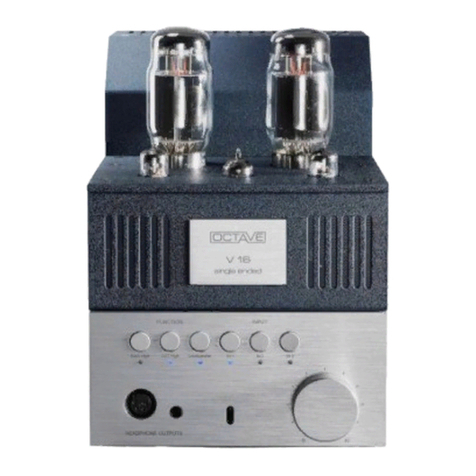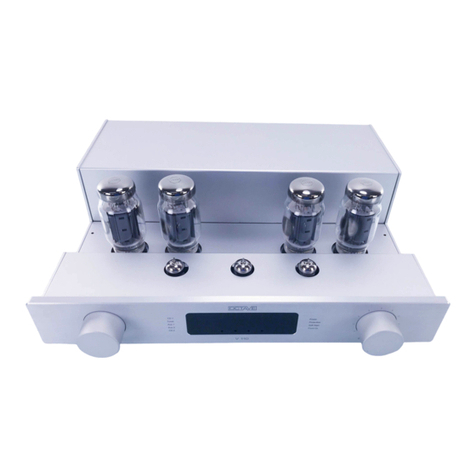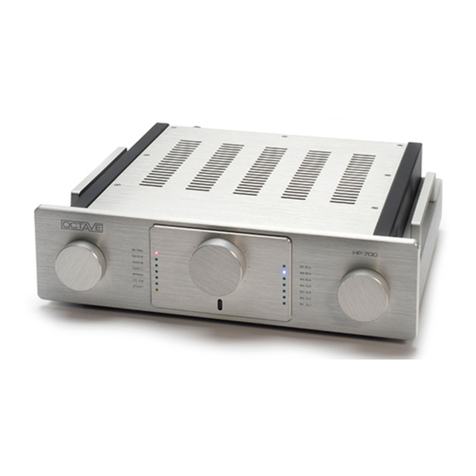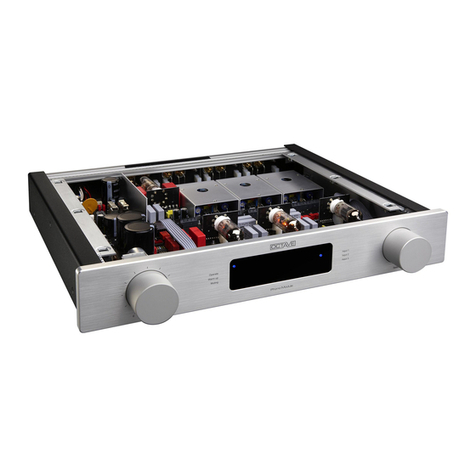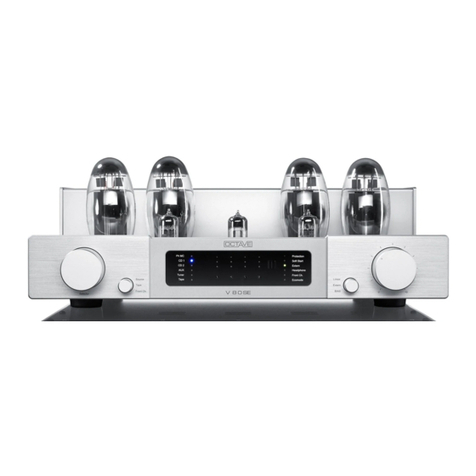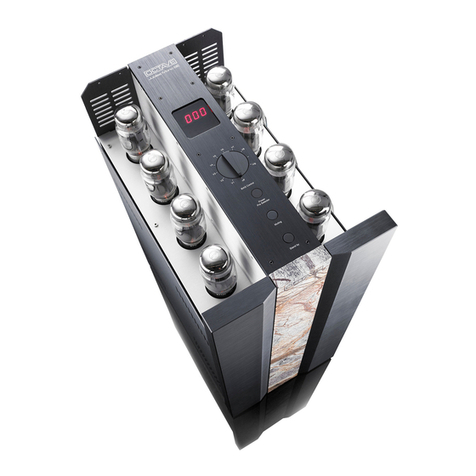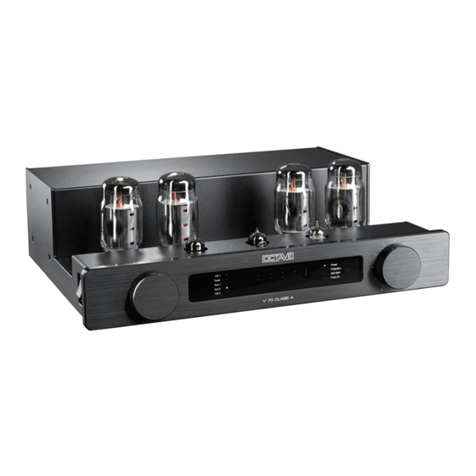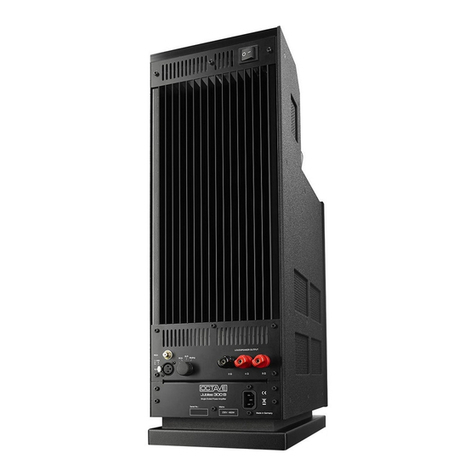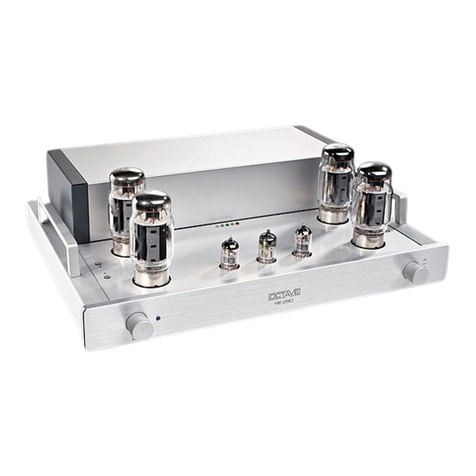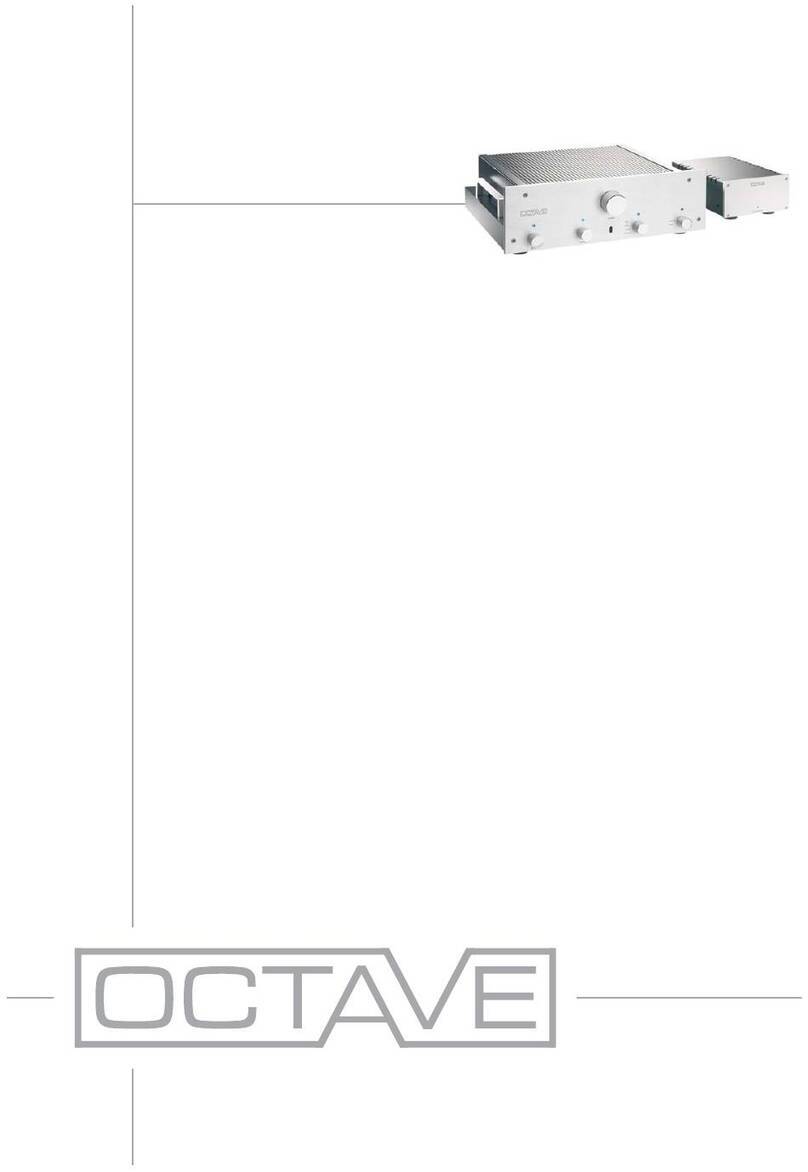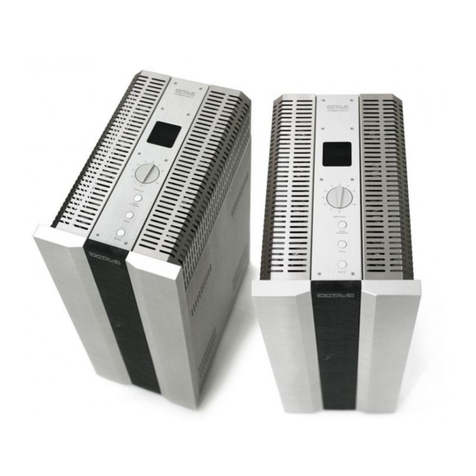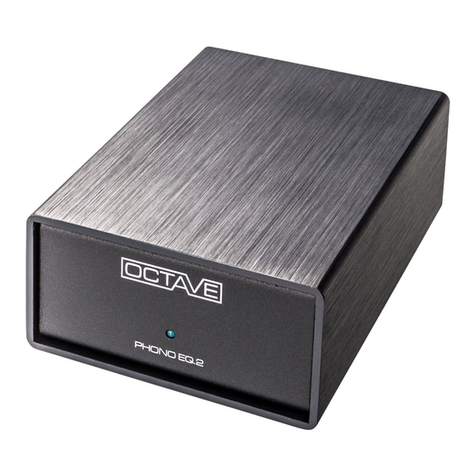
5
CONTENTS
Page
Introduction ................................................................................................. 3
1 Description of the V 110 SE ......................................................................... 7
2 Safety instructions ....................................................................................... 8
2.1 Before you begin .......................................................................................... 8
2.2 Placement .................................................................................................... 9
2.3 Warranty ....................................................................................................... 9
3 Getting started .............................................................................................. 10
3.1 Unpacking, package contents ...................................................................... 10
3.2 Removing the grille ...................................................................................... 10
3.3 Installing the power tubes ............................................................................ 11
3.4 Switching on for the first time: the soft-start feature .................................... 11
3.5 Checking the tubes (BIAS) ........................................................................... 12
3.6 Connecting other components ..................................................................... 12
3.7 Connection options: overview ...................................................................... 13
4 Front panel controls ..................................................................................... 14
5 Rear panel connections ............................................................................... 16
6 Advanced functions and connection options ................................................ 18
6.1 Power Selector, alternative output tubes ..................................................... 18
6.2 Changing the damping factor ....................................................................... 19
6.2. Protection ..................................................................................................... 20
6.3 Soft-Start ...................................................................................................... 20
6.4 Ecomode ...................................................................................................... 22
6.5 Front Channel ............................................................................................. 22
6.6 Pre-Out regulated ........................................................................................ 22
6.6.1 Using with an active subwoofer ................................................................... 22
6.6.2 Using in bi-amped systems .......................................................................... 22
7 Tubes ........................................................................................................... 23
7.1 Removing the grille (see 3.2) ....................................................................... 23
7.2 Tube layout .................................................................................................. 23
7.3 BIAS Measurement System ......................................................................... 24
7.4 Replacing the tubes ..................................................................................... 26
7.5 Running in the tubes .................................................................................... 26
7.6 Tube Service Life ......................................................................................... 26
8 Remote Control ............................................................................................ 27
9 Optional Phono - MC/MM ............................................................................. 27
10 Using Black Box or Super Black Box ........................................................... 28
10.1 The Black Box option ................................................................................... 28
10.2 The Super Black Box option ........................................................................ 29
11 Troubleshooting ........................................................................................... 30
11.1 Faults caused by external issues ................................................................. 30
11.2 Faults caused by tubes ................................................................................ 32
12 Specifications and Dimensions .................................................................... 34
13 Frequently Asked Questions (FAQ) ............................................................. 38


